2025 Top Electric Motor Innovations: The Future of Efficient Power Solutions
As we look towards the future, the innovations in electric motor technology promise to revolutionize how we harness and utilize power. With the global push for sustainability and efficiency, electric motors are becoming increasingly central to a wide range of industries, from transportation to renewable energy. The advancements anticipated by 2025 are not merely incremental; they represent a significant leap forward in performance, energy efficiency, and environmental impact.
In this exploration of the top electric motor innovations, we will delve into groundbreaking technologies and design principles that are set to redefine efficient power solutions. From enhanced materials and smart integration to novel cooling techniques and increased torque densities, these developments will shape the future landscape of electrical engineering and drive the global transition towards greener energy systems.
Understanding these innovations is crucial for stakeholders across various sectors, as the evolution of electric motors holds the key to unlocking unprecedented levels of efficiency and sustainability in our power solutions. Join us as we uncover the driving forces behind this transformation and the exciting potential that lies ahead for electric motors in the coming years.
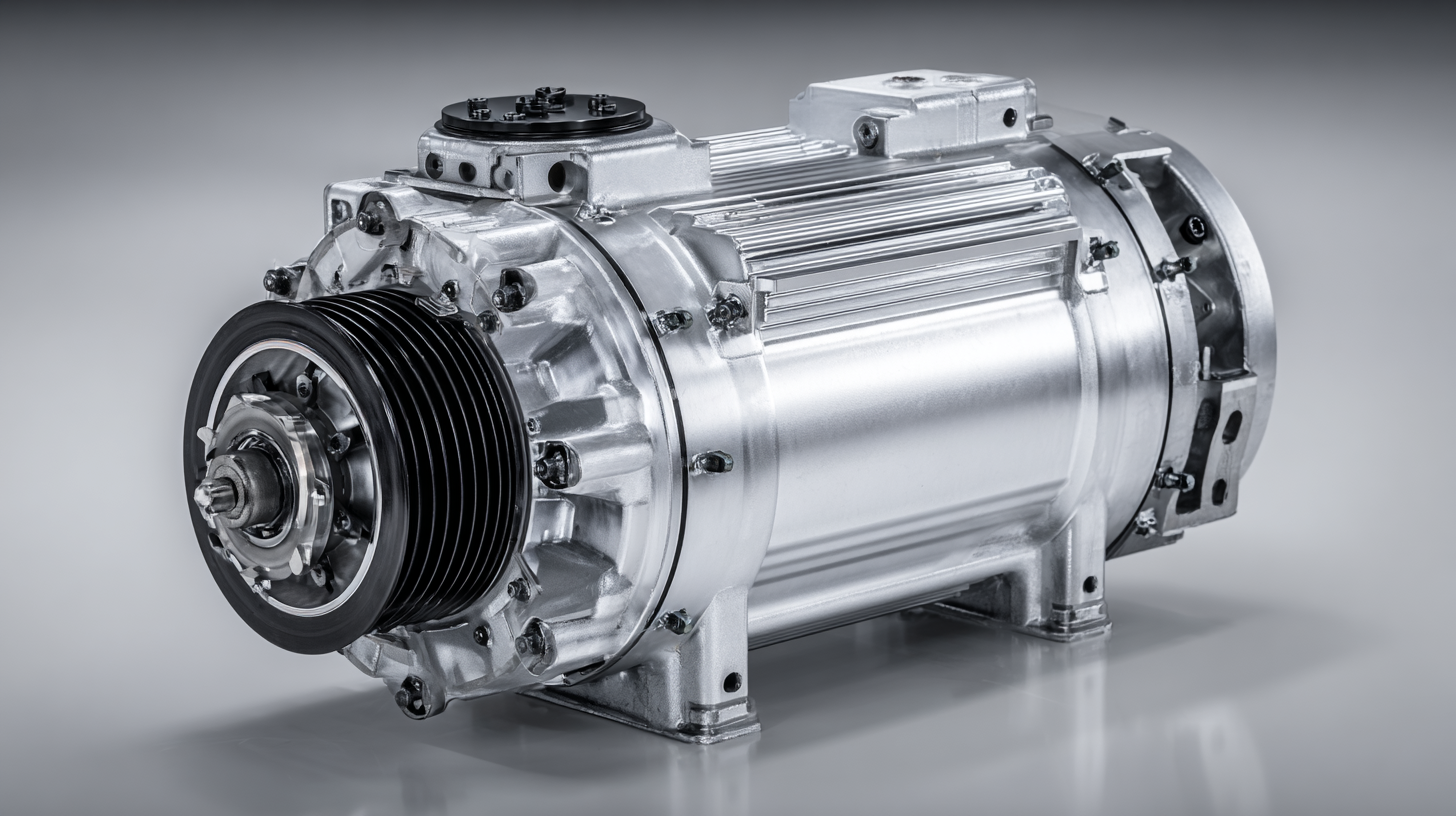
Emerging Technologies in Electric Motor Design for Enhanced Efficiency
The emergence of innovative technologies in electric motor design is set to revolutionize the efficiency of power solutions by 2025. One of the key advancements lies in the integration of artificial intelligence (AI) with motor control systems. By employing AI algorithms, motors can adapt in real-time to varying load conditions, optimizing performance and significantly reducing energy waste. This intelligent adaptability not only enhances efficiency but also prolongs the lifespan of electric motors through precise management of wear and tear.
Another promising direction involves the development of advanced materials that improve motor performance. For instance, high-temperature superconductors can minimize energy loss due to resistance, allowing for more compact and lightweight motors without sacrificing power output. Additionally, advancements in magnetic materials are leading to the creation of more efficient stators and rotors, which further contributes to overall motor efficiency. As these technologies mature, they will pave the way for electric motors that are not only more efficient but also more sustainable, ultimately transforming various industries and everyday applications.
Breakthroughs in Materials Science Driving Next-Gen Electric Motors
The evolution of electric motor technology is increasingly being shaped by breakthroughs in materials science, paving the way for more efficient and powerful solutions in the energy sector. Recent industry reports indicate that electric motors made from advanced materials like silicon carbide (SiC) and high-temperature superconductors are gaining traction. According to a study by Grand View Research, the global electric motor market is expected to reach $200 billion by 2026, with a significant portion of this growth attributed to innovations in materials and design efficiency.
Researchers are focusing on lightweight, high-strength materials that facilitate improved thermal management and reduced energy losses. For instance, the adoption of conductive carbon nanotubes in rotor designs can enhance conductivity and mechanical strength. A report from the International Energy Agency highlights that enhancing motor efficiency even by a mere 1% can lead to significant reductions in energy consumption and greenhouse gas emissions, demonstrating why material innovation is critical in meeting future energy demands. As these advancements continue to unfold, the potential for electric motors to transform various industries, from transportation to renewable energy, is becoming increasingly palpable.
2025 Top Electric Motor Innovations: Performance Efficiency Improvements
This chart illustrates the efficiency improvements of electric motors across various breakthroughs in materials science from 2020 to 2025. The data reflects the expected increase in energy conversion efficiency as new materials are implemented in electric motor design, showcasing the advancements in the industry.
Advancements in Energy Conversion Techniques for Electric Motors
The advancements in energy conversion techniques for electric motors are paving the way for a more efficient future in electric power solutions. Recent innovations focus on enhancing the interaction between electrical and mechanical energy, thereby minimizing losses during the conversion process. Techniques such as improved magnetic materials and sophisticated control algorithms are being integrated into motor designs, allowing for greater efficiency and output. This shift is crucial in meeting the ever-increasing demand for sustainable energy solutions across various industries.
Moreover, the implementation of solid-state technologies has revolutionized energy conversion. By utilizing advanced semiconductors and smart sensors, modern electric motors can achieve higher performance levels while reducing energy wastage. In addition, innovations like regenerative braking systems not only help recover energy that would typically be lost but also improve overall system efficiency. As these technologies continue to evolve, the future of electric motors promises not only enhanced performance but also significant strides towards sustainable energy consumption in the coming years.
Integration of AI and IoT in Electric Motor Systems for Smart Efficiency
The electric motor market is undergoing significant transformation, driven by the integration of artificial intelligence (AI) and the Internet of Things (IoT). As industries adopt smarter solutions, AI capabilities enhance the performance and efficiency of electric motor systems. Specifically, predictive maintenance powered by AI algorithms reduces downtime, allowing for seamless operations in robotics, conveyor systems, and manufacturing processes. A report indicates that nearly 70% of electric motor applications are now in industrial automation, underscoring their critical role in the modern economy.
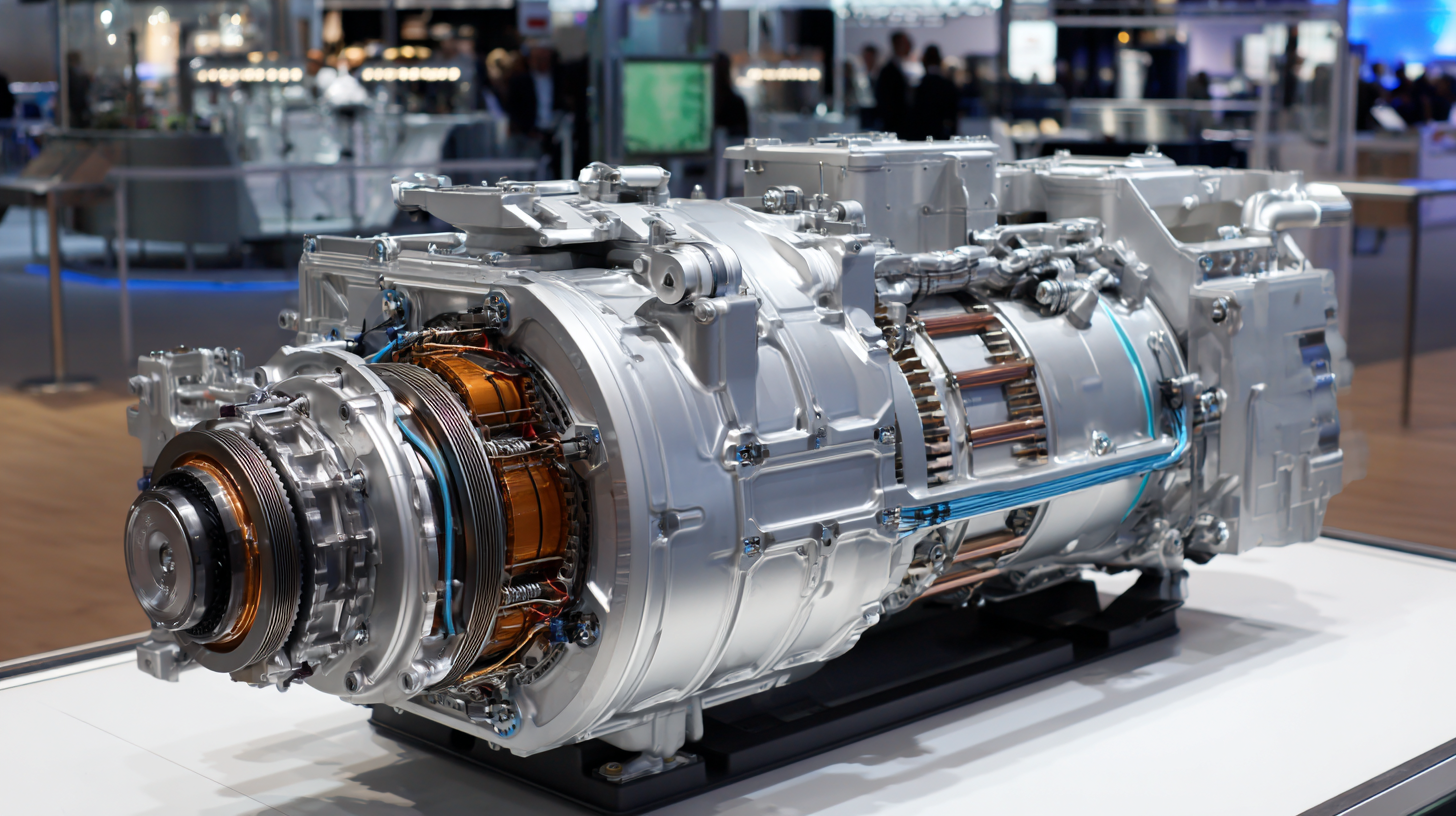
Moreover, IoT technology fosters connectivity among electric motors, enabling real-time monitoring and data collection. This connected environment allows for more informed decision-making and optimization of energy consumption. Reports suggest that the global electric motor market is expected to reach $200 billion by 2025, with significant contributions from advancements in connected technology. As sustainability becomes a significant focus for industries, the demand for energy-efficient electric motor systems is projected to grow, further highlighting the importance of AI and IoT integration in shaping the future of power solutions.
Sustainability Trends Shaping the Future of Electric Motor Innovations
The electric motor industry is undergoing transformative changes driven by sustainability trends that are shaping its future innovations. Recent reports indicate that the global electric motor market is projected to reach approximately $150 billion by 2025, with a compound annual growth rate (CAGR) of around 8% during 2020-2025, largely propelled by increasing demand for energy-efficient solutions across various sectors. Companies are prioritizing the development of motors that not only consume less energy but also utilize environmentally friendly materials in their construction.

One significant trend is the integration of advanced materials, such as lightweight composites and innovative magnet technologies, which enhance performance while reducing carbon footprints. According to a report by ResearchAndMarkets, the use of permanent magnets in electric motors could decrease energy losses by over 20%. Furthermore, as regulatory frameworks worldwide tighten emissions standards, the electrification of transportation—which accounted for about 30% of global CO2 emissions in 2021—necessitates the adoption of high-efficient motors capable of supporting electric vehicles and renewable energy systems. This shift not only aims to meet sustainability goals but also positions electric motor innovations at the forefront of a greener economy.
Related Posts
-

The Future of Power Motors Innovations Transforming Transportation and Industry
-
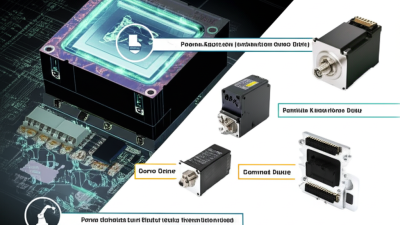
Explore the Technical Specifications of the Best Servo Drives and How to Choose the Right One for Your Needs
-
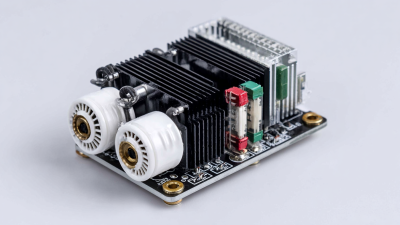
Future Trends in Technology 2025 How to Choose the Best Servo Amplifier for Your Applications
-

Overcoming Common Challenges with Servo Motors: A Deep Dive into Performance and Reliability Issues
-

Understanding the Advantages of Integrated Servo Motors in Modern Automation
-
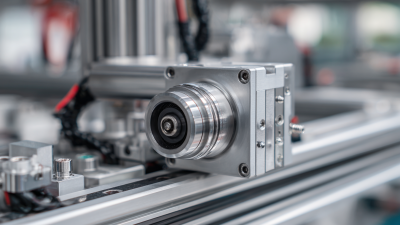
Exploring 2025 Tech Trends: How to Choose the Best Frameless Motor for Your Business Needs
